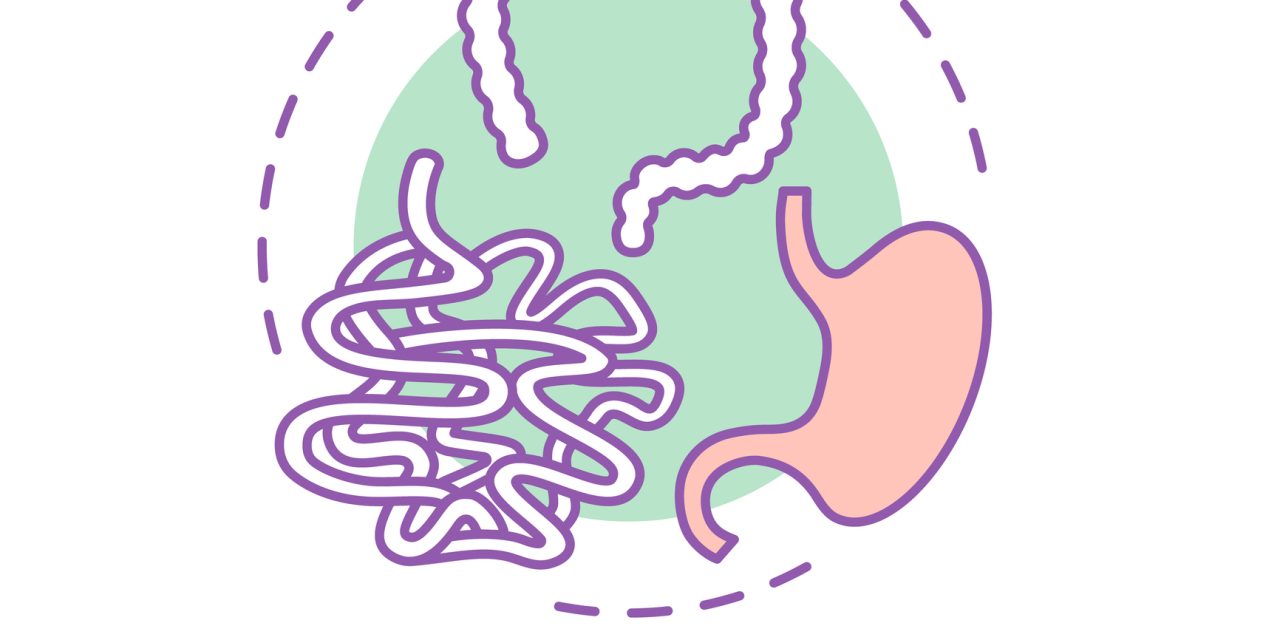Noninvasive criteria are used in early-phase juvenile nonalcoholic fatty liver disease (NAFLD) clinical studies to determine potential effectiveness. As biomarkers of hepatic steatosis and fibrosis, these measures increasingly include magnetic resonance imaging (MRI)-derived proton density fat fraction (PDFF) and MR elastography (MRE)-derived shear stiffness. Understanding changes in these parameters is critical for estimating trial sample numbers, interpreting outcomes, and organizing clinical treatment trials in NAFLD children. A crucial knowledge gap exists in youngsters due to a lack of such data. As a result, the major goal of this study was to look at whole-liver MRI-PDFF changes in adolescents with nonalcoholic steatohepatitis (NASH) over the course of 12 weeks. Adolescents aged 12 to 19 years with biopsy-proven NASH were recruited in the study and were receiving standard-of-care therapy. Anthropometric, transaminase, MRI-PDFF, and MRE stiffness measurements were taken at baseline and week 12. There were fifteen teenagers in the study. Over a 12-week period, the hepatic MRI-PDFF remained steady. The correlation between MRI-PDFF baseline and week-12 readings was strong. MRE stiffness remained steady, with only a minor connection between baseline and week-12 values. Weight, BMI, and aminotransferase levels did not change significantly.
The variations in hepatic MRI-PDFF and MRE stiffness in adolescents with NASH were minimal throughout a 12-week period of standard-of-care therapy. These data on natural oscillations in quantitative imaging biomarkers can be used as a reference for interventional studies in pediatric NASH, as well as to improve clinical trial interpretation and strategy.


